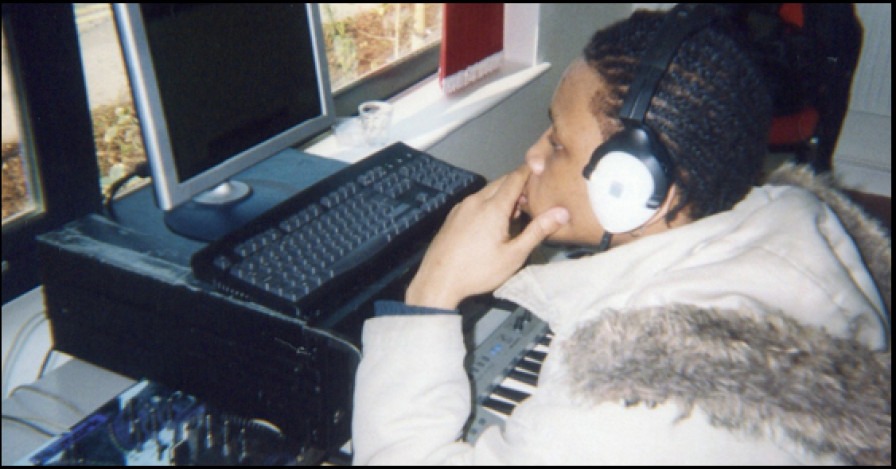Urban Music Genres Within Music Education

Jim Pinchen (Workforce Development Manager: Rhythmix and MusicLeader South East) contemplates what part digital music plays in music education, the complexity of Dubstep and the diversity of ‘music offers’.
References to the part that digital music will play and does play in music education have become quite a talked about topic lately. This is often tied into music genres which then encourages the conversation to touch upon social and cultural aspects of young people's tastes and aspirations. I think that it’s true that most of us working in music education have opinions on the music genres that young people from different social, economic, cultural groups will be interested in. If we’re honest our initial reactions are often correct but this is also true; last term I asked a group of young offenders what music they were interested in, the entire group said Drum n Bass. By the end of the term they had all written and Pop and Rock tracks. Our challenge is to support young people away from self stereotyping and encourage then them to try and create new things.
Having said all of that I think we need to be careful not to patronise new music forms as some kind of QCF Level Entry, cool educational box ticking exercise for young people with less ability. If we are to be young people led organisations, we must be the leaders in our diversity of musical offer - offering 10 weeks of music tech and Dubstep workshops is not enough if we actually have no idea what it is, how complex it is or it’s validly as a musical form.
Creating high quality Dubstep is, in my opinion, nothing short of an absolute science. The artistry that goes into creating (often from scratch) around eight layers of basses that are so aggressive you feel like you’ve been punched in the face, is, to me, an awesome challenge. Each bass should have differing EQs, oscillators, envelop filters, delays, distortions and all should be programmed and automated, I think this work is potentially intellectually equivalent to attaining a very high in music theory. The drum programming (a million miles away from creating a ‘Four to the Floor’ House or RnB track) flicks between full and half speed (each of around five high hats) and should be individually EQ’d and filtered to create a unique swing and toms that should somehow sound as if they’re being played by a heavy metal drummer!
The words, “a diverse music offer” are being echoed at every music education meeting across the country and this is an opportunity to work in partnership to ensure that this is the reality for young people. A Cello should be as common in a Secure Unit as a Kaoss Pad, as should Ableton Live Looping in a Wider Opportunities session. We have the tools and skills collectively to make this happen and deliver on our promises, however, that may involve a change in culture of our organisations and service.
